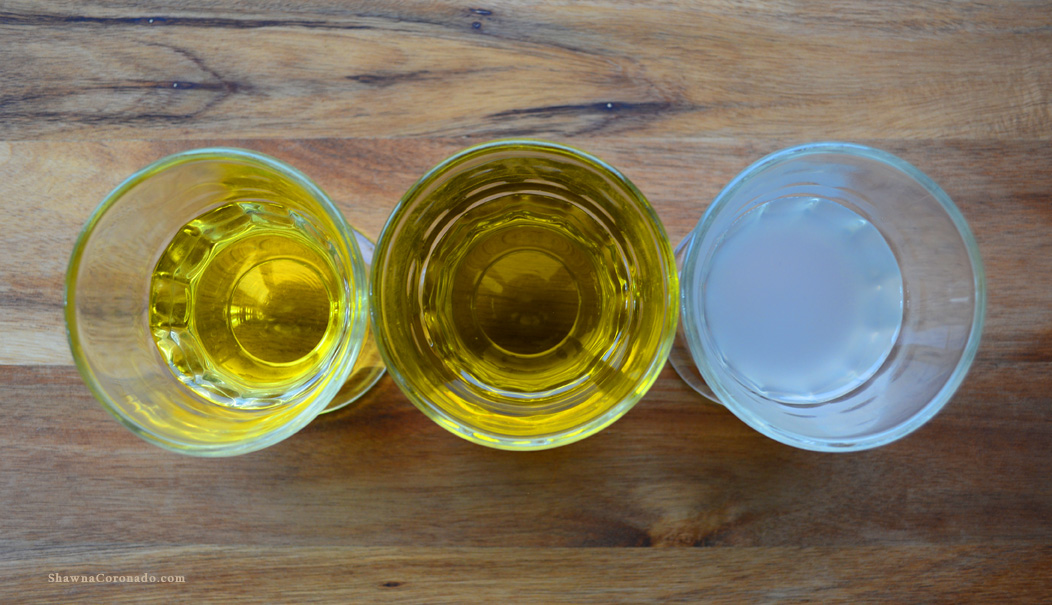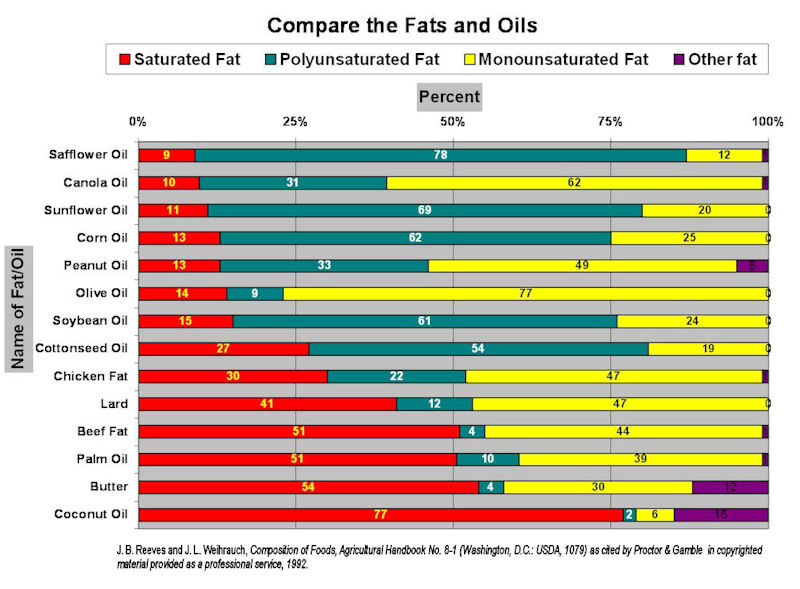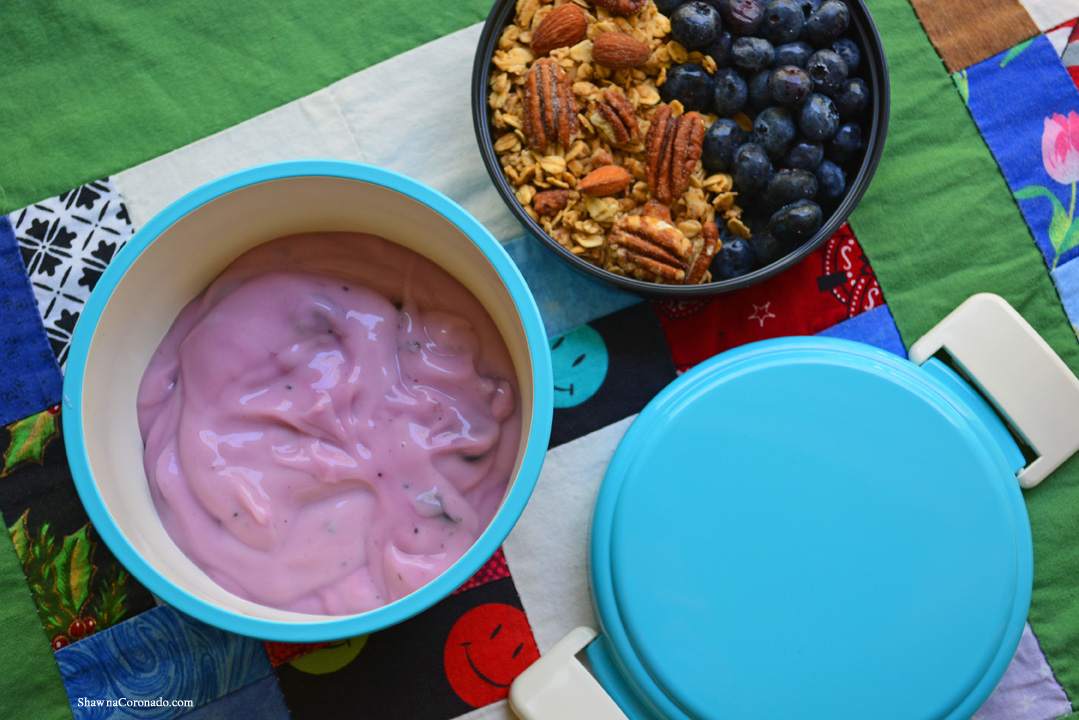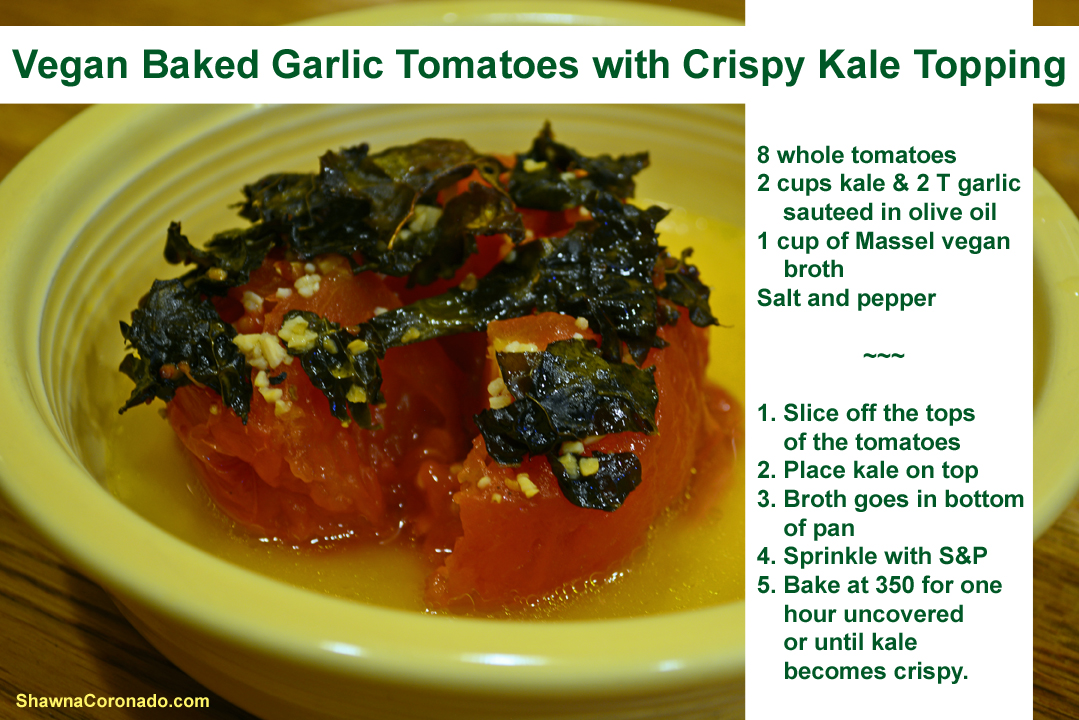Cooking Oil for a Grain Free Diet

Grain-Free Cooking Oil Helps Reduce Inflammation
Understanding grain-free cooking oil can help with your chronic pain. I ask for grain-free cooking oil at restaurants. Nearly every time I get a reaction that is a mix of “stunned inability to answer” and “eye-roll for the crazy lady” and “who cares anyway?!?!”. I care. It makes a difference for my health.
I Am Reducing Pain with an Anti-Inflammatory Food Plan
Since my severe degenerative osteoarthritis diagnosis in 2015, I have been consuming a no grain, no dairy, no sugar food plan. Certain grains increase my pain. This is not about being gluten-free or participating in a “fad” diet, this is fundamentally about my ability to reduce my pain with my daily cooking routine. Grain oils affect me the same way eating bread does – pain caused by inflammation in my joints. This post features tips on cooking oils and grain-free oils to get you started.

Oils are made and processed from many different products – meat, seeds, nuts, vegetables, and fruits – and vary in their benefits to our health. Types of fat make a difference when considering what oils are best for you (see below list).
Cooking Oils with Bad Fat
Saturated Fat Oil – Is solid at room temperature. According to the American Heart Association, “From a chemical standpoint, saturated fats are simply fat molecules that have no double bonds between carbon molecules because they are saturated with hydrogen molecules.” Dairy, chicken with skin, pork, and fatty beef products often have quantities of saturated fats. Coconut oil also has saturated fat.
Trans Fat Oil – This is typically solid at room temperature. Trans fats are mostly artificially created with partial hydrogenation, which is a way of converting liquids to solids. Common products with trans fats include margarine and shortening.
Grain-Free Cooking Oils with Good Fat
Polyunsaturated Fat Oil – Is liquid at room temperature. This fat is naturally occurring in many foods such as sunflower seeds, flax seeds, and tuna or salmon.
Monounsaturated Fat Oil – Is liquid at room temperature. This fat is naturally occurring in many foods such as olives, nuts, nut butter, and avocado.
The Grain-Free Dairy-Free Life
Add to this concern – GRAINS – and we have several oils that we might consider using over others. In the chart (above) you can see a comparison of oils and fat content which might guide you when considering which oils to cook within your kitchen. I’m allergic to peanuts, so eliminating peanut oil is first on my list. Then grain oils include corn and soy. Dairy is butter, so that must be eliminated because of my diet. If you are a vegetarian you might eliminate animal fats as well. This leaves several choices for my own kitchen which might work in your kitchen also. Choosing my favorite tasting oils out of the healthier common choices in the chart above makes sense. I prefer sunflower seed oil, olive oil, and coconut oil.
Other Cooking Oils to Try
Sunflower and light olive oil are great for cooking because they have a high smoking point. I primarily use coconut oil for cooking onions and cruciferous vegetables that appreciate a bit of a flavor kick, but I do not use it as the main oil in my diet. Virgin olive oil and sunflower oil are great flavor enhancers for salad dressings and vegetable drizzling, plus they tick off the lower saturated fat content requirement. Avocado oil is not listed in the chart above, yet it is another one I really enjoy.





